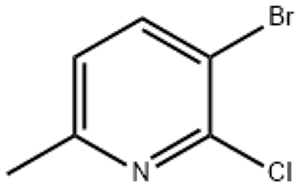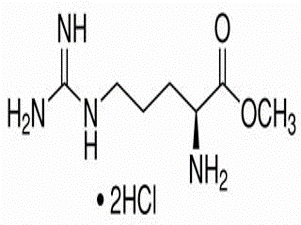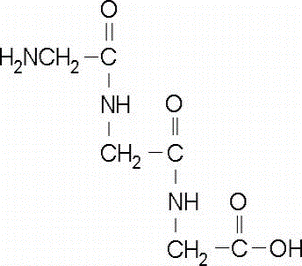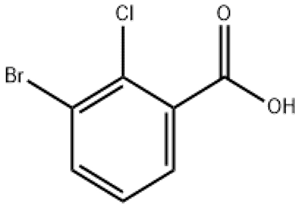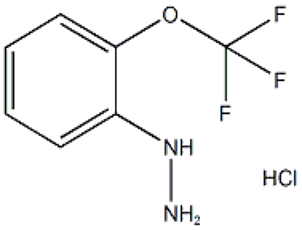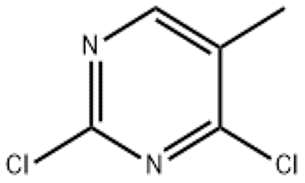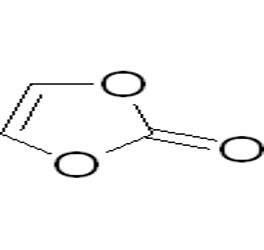3-bromo-2-chloro-6-picoline(CAS# 185017-72-5)
Risk and Safety
| Risk Codes | R36/37/38 – Irritating to eyes, respiratory system and skin. R41 – Risk of serious damage to eyes R37/38 – Irritating to respiratory system and skin. R25 – Toxic if swallowed |
| Safety Description | S37/39 – Wear suitable gloves and eye/face protection S26 – In case of contact with eyes, rinse immediately with plenty of water and seek medical advice. S45 – In case of accident or if you feel unwell, seek medical advice immediately (show the label whenever possible.) S39 – Wear eye / face protection. |
| UN IDs | 2811 |
| WGK Germany | 3 |
| HS Code | 29333990 |
| Hazard Class | 6.1 |
| Packing Group | Ⅲ |
3-bromo-2-chloro-6-picoline(CAS# 185017-72-5) Introduction
is a solid with a white to yellowish color. Its melting point is about 63-65 degrees Celsius and its density is about 1.6g/cm³. This compound is soluble in organic solvents such as alcohols and ethers at normal temperature.
Use:
It is often used as a reagent and intermediate in organic synthesis. It can be used as a catalyst, oxidant and reductant for the synthesis of different types of organic compounds. In addition, it can be used for the preparation of active ingredients and antimicrobial agents in the medical field.
Method:
It can be synthesized by a variety of methods. One of the common methods is to react pyridine and bromoacetate, and then react with copper chloride to obtain the target product.
Safety Information:
When using and handling: Pay attention to the following safety matters:
-This compound has the potential to cause irritation and damage to the respiratory tract, eyes and skin, and direct contact should be avoided.
-in the use of the process should avoid the inhalation of dust or steam, the need to maintain good ventilation conditions.
-Personal protective equipment such as protective gloves, goggles and protective clothing should be worn during use.
-Do not store or mix this compound with strong oxidants, strong acids or strong bases to avoid dangerous reactions.
-When disposing of waste, it is necessary to carry out correct handling and disposal in accordance with local regulations.


